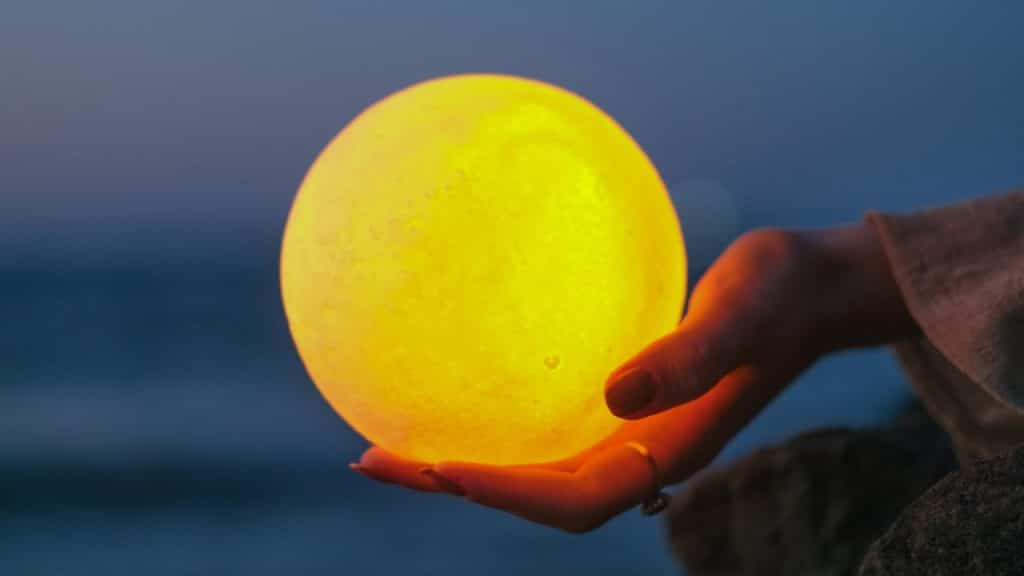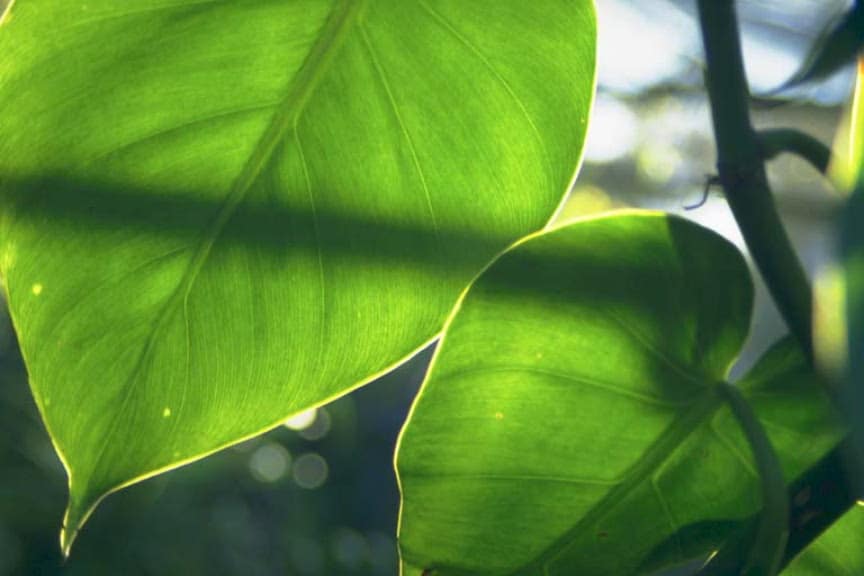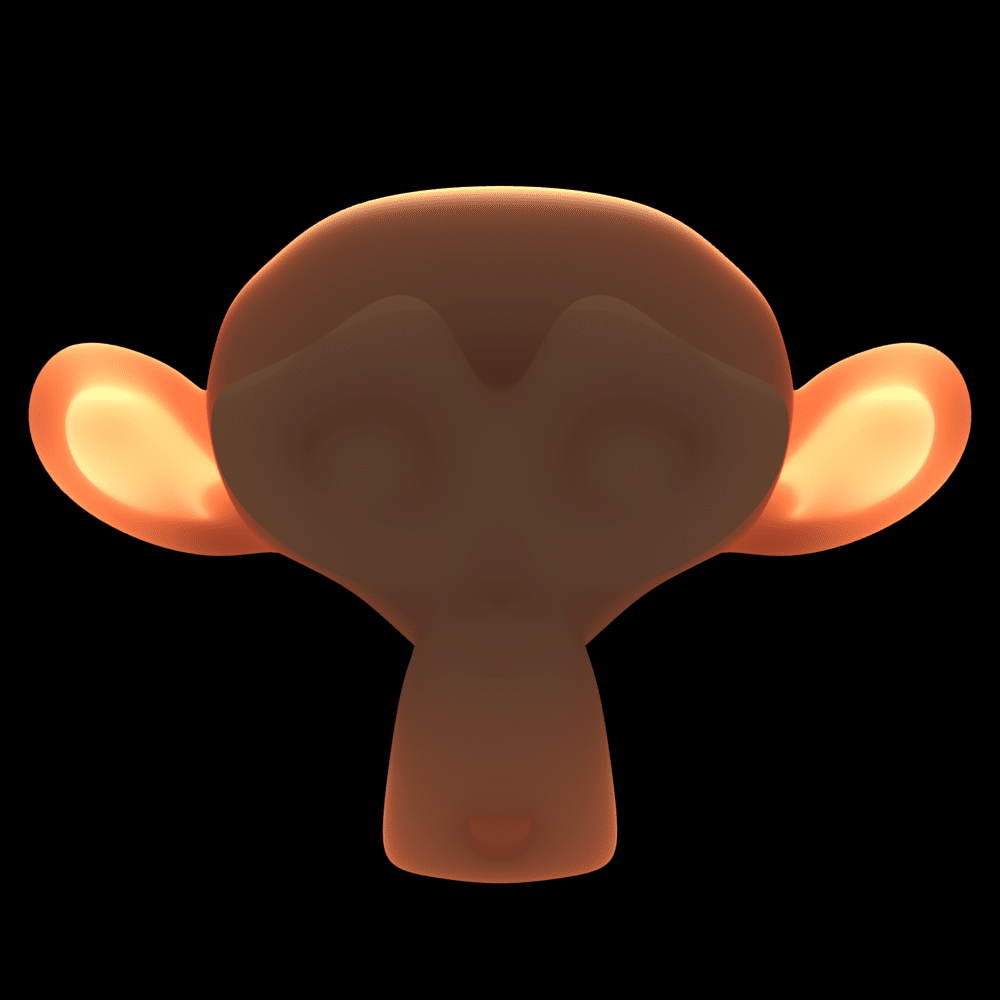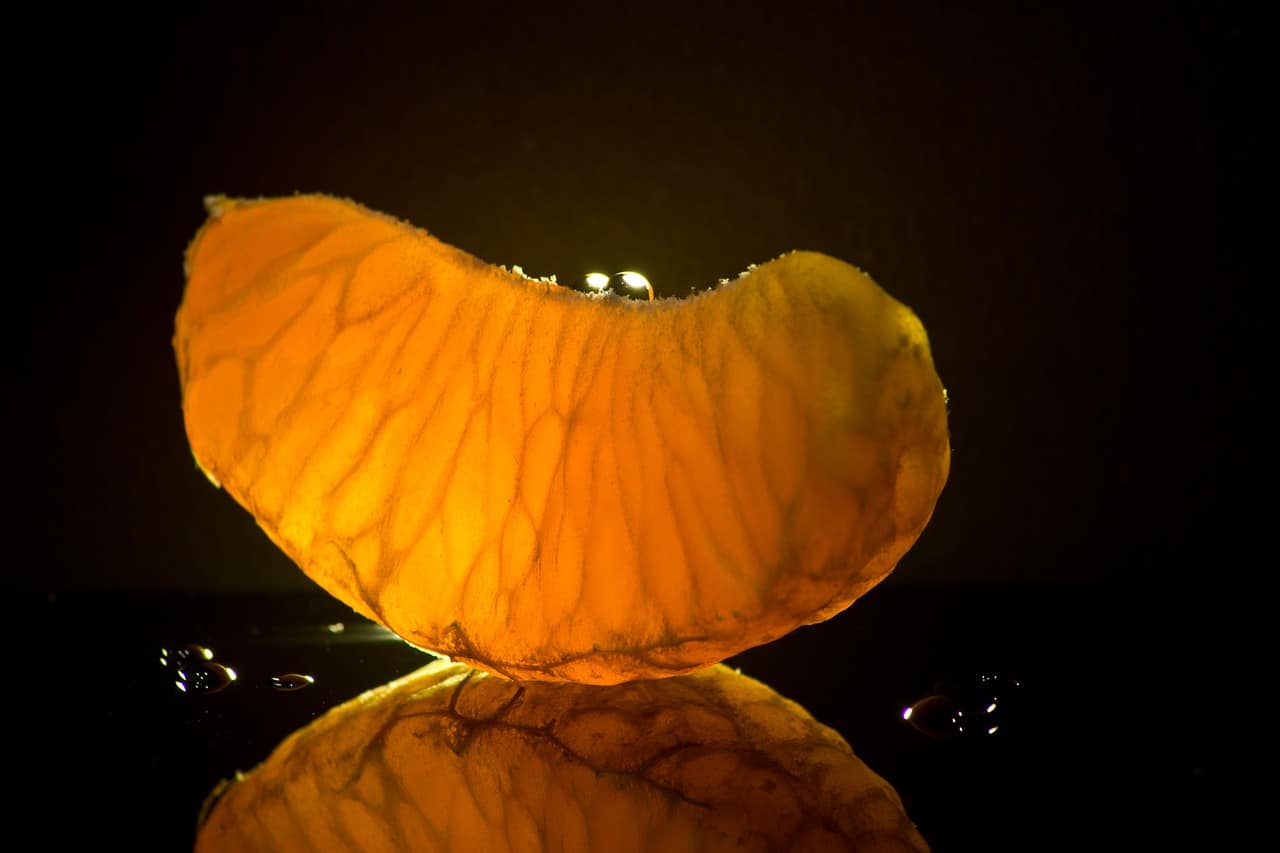Looking at Light: Subsurface Scattering

Our Looking at Light series explores lighting concepts for artists and photographers.
So far we’ve looked at light exclusively through the lens of how it affects solid, matte surfaces. For this installment in the series, I want to begin to explore one of the ways in which light interacts with translucent surfaces.
Have you ever covered a flashlight with your hand so that no light was escaping? Do you remember how orange it made your fingers look? This is referred to as subsurface scattering. It’s an effect similar to what we see when we carve out pumpkins for Halloween and put candles inside.

The phenomena we’re actually observing is the result of light penetrating these surfaces and illuminating their contents. But isn’t our skin a solid material? How can light penetrate it? Materials exist on a spectrum. Light can affect solid materials in a variety of different ways, from highly reflective chrome surfaces to those that are transparent, like glass.
If you were to plot these extremes on a spectrum, most things would fall somewhere in between, exhibiting traits of each. So while we perceive our skin as a solid object, it also has translucent properties that affect the way it interacts with light.
It isn’t just our skin that experiences subsurface scattering, though, this phenomenon is observable in varying degrees throughout the natural world. For this effect to be visible, however, we need a relatively strong light to hit a relatively thin surface. When this happens, the light penetrates the surface and bounces around, before finding its way back out of the surface in a spot different from its entry point, effectively turning the object into a light source of its own.

A key aspect of this effect is that every time the initial light source bounces off of a surface, it will lose some of its strength, for this reason, the illumination of translucent objects via subsurface scattering will always be weaker than the initial light source. This is also the reason that this effect is more pronounced around the edges of our fingers and reduces where there is more matter to absorb the light.

The strength of subsurface scattering is directly dependent upon the thinness of the object’s surface. Things like leaves, orange slices, and our ears offer little resistance to strong sunlight and seamlessly transform into miniature lanterns given the opportunity.
For those who work in 2D or 3D image-making, adding subsurface scattering to materials like skin or leaves can lend your work a subtle level of realism that will make them feel alive. Without it, skin can tend to look plastic and dull. Subsurface scattering is all around you, so keep an eye out and you’ll start to notice it everywhere.

Taylor is a concept artist, graphic designer, illustrator, and Design Lead at Weirdsleep, a channel for visual identity and social media content. Read more articles by Taylor.
RELATED ARTICLES:
SESSIONS NEWS:
ENROLL IN AN ONLINE PROGRAM AT SESSIONS COLLEGE:

























